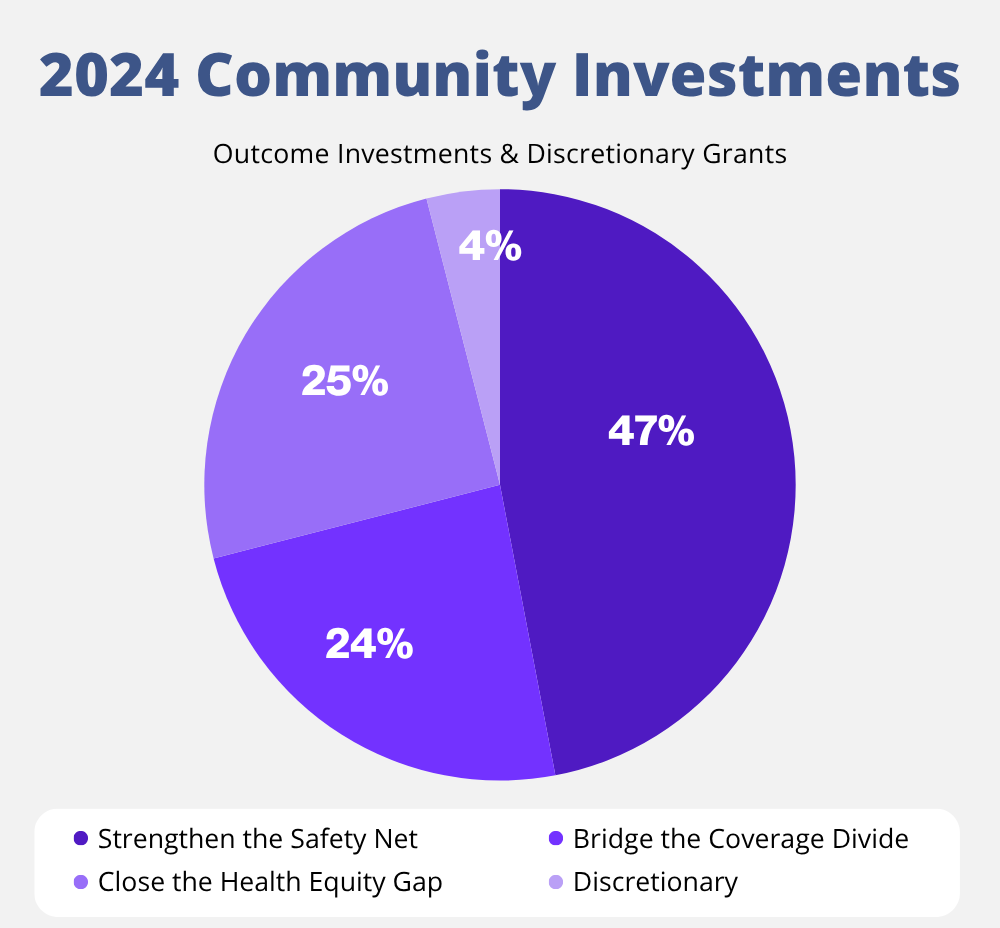Click on the link to the right to subscribe to our newsletter.
At the end of 2024, REACH’s assets totaled $149 million, with an annual investment return of +10.0% for the foundation’s portfolio. The investment performance gains in 2024 helped provide a cushion for what proved to be a very volatile economic start in 2025. Since REACH’s inception, the investment return for the foundation was +6.2% through December 31, 2024.
During 2024, REACH continued its commitment to the community by maintaining a portion of its portfolio cash allocation with two cash investments within the foundation’s service area. These local cash investments are intended to support community lending capabilities in high-need areas. Both investments are negotiated at below-market rates to maximize local lending capability.
Since the first year of grantmaking in 2005, REACH has invested $97 million in direct grants, technical assistance, and convening to advance the foundation’s mission within the six-county service area. Beyond these direct investments, REACH has allocated an additional $12 million in indirect investments via personnel and miscellaneous support. Relative to total spending, mission-related investments represented 88% of foundation spending since 2005, with direct spending accounting for 78% of this combined investment and indirect spending making up the remaining 10%.
In line with the foundation’s board-approved strategic plan covering 2022 through 2026, REACH has directly invested over $13 million in just the first two years of this period. These investments were in three defined outcome investment areas identified during the strategic planning process to achieve equitable health outcomes in our service area. Nearly half of this amount was targeted to strengthen our area’s safety net system and expand capacity to provide quality healthcare. The remainder of mission-related spending during the past three years, was evenly split between advancing programs and partnerships to advance health equity and increase access to Medicaid and other publicly funded health services.

Click on the link below to request reports and documents from prior years.
©2025 REACH Healthcare Foundation